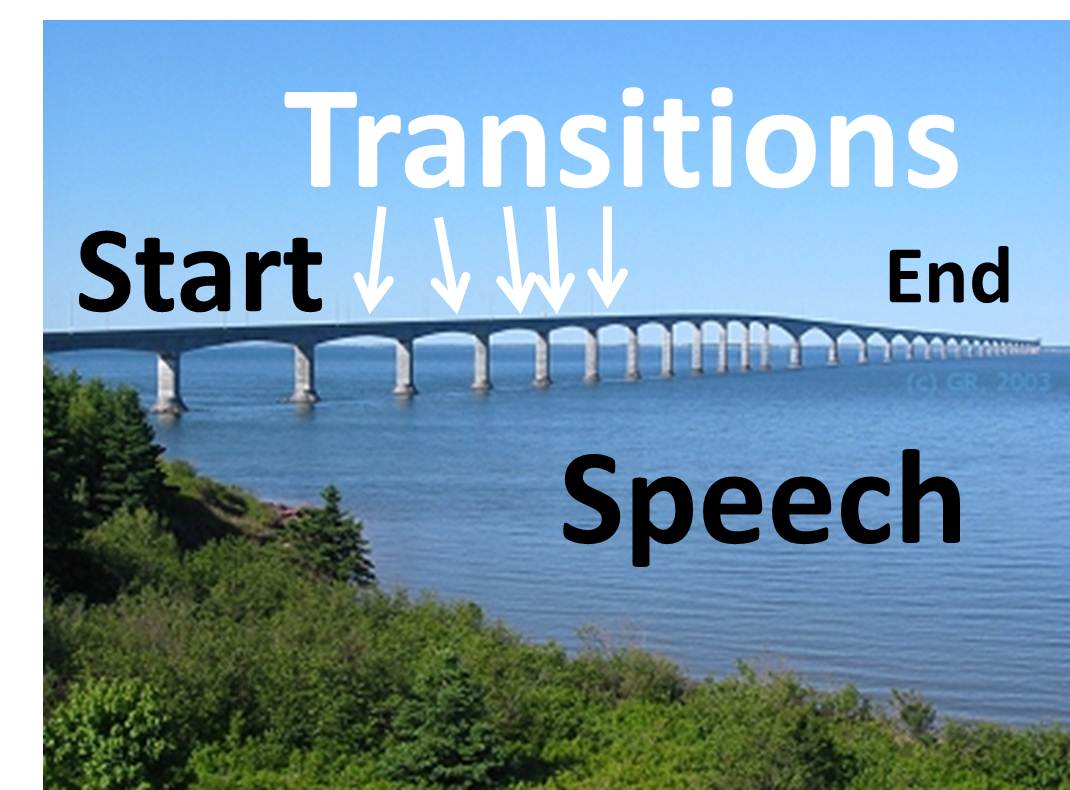
Most importantly, variations in salinity, that’s salt levels, and the changes in temperature, a bit like underwater weather balloons. But as it rises to the surface it collects all sorts of data. But the average is fifty kilometers.īy talking about the distance first, and then making a contrast, the speaker emphasizes that he is telling the correct answer to the question.

A:…During this time, it’s quite possible for it to cover quite large distances.Here we are ready to hear that the speaker will be talking about the first step in the process. That’s two whole kilometers down in the water. The float immediately sinks to the bottom of about 2,000 meters. The operational cycle goes like this … Each of the floats is dropped in the ocean from above to the set point and activated from the satellite.That means, he is moving from the first part of the conversation to the next one where we have to complete the diagram. Here the speaker warns us that he is going to talk about the process now. A: But let’s move on to how floats work.And next year this number will rise to fourteen when Indonesia joins the project.

A: Over the last five years scientists from thirteen countries have been taking part in the project and launching floats in their area of ocean control.Look at the following task and the script of the conversation. For example, there are signposts that signal that a new topic is going to be introduced or that the speaker is going to give a definition of some key term, etc. In the IELTS Listening section, they signal a specific type of information in a listening passage. Signposts or signposting language are the words and expressions speakers usually use to guide the listener through what they are saying. It is a good idea to listen to signposts. It is quite simple, and it works not only for lectures but for longer conversations as well. However, there is a solution to this problem. They struggle to understand everything that is being said and give up the task. Many students and candidates often get lost when they listen to lecture portions of the IELTS Listening test. They can tell you about the distance to the spot and whether you have to go straight or turn left or right.

How would you get to your destination? Probably you are going to read signs on the road. Have you ever been lost in a new city? If yes, how did you get directions? If no, imagine you had no map or technology.


 0 kommentar(er)
0 kommentar(er)
